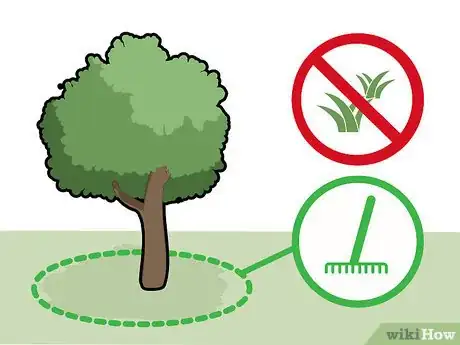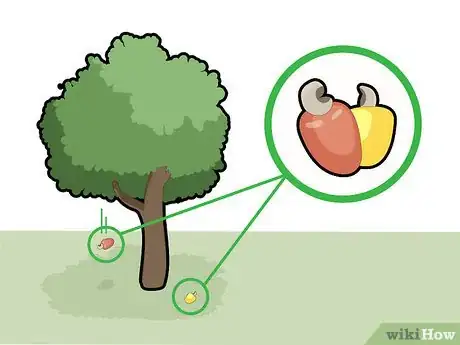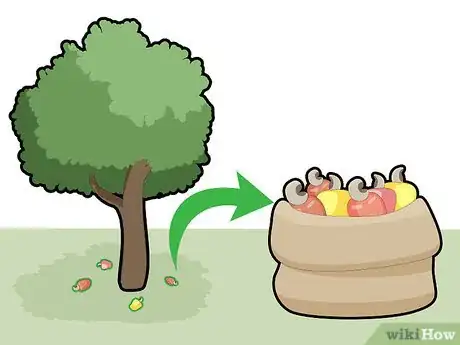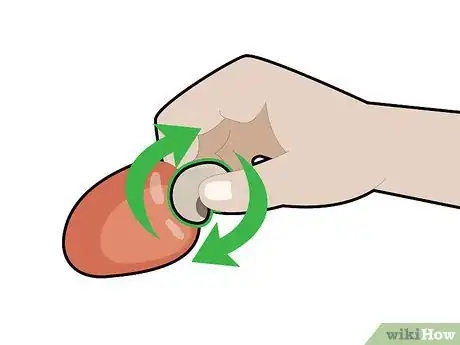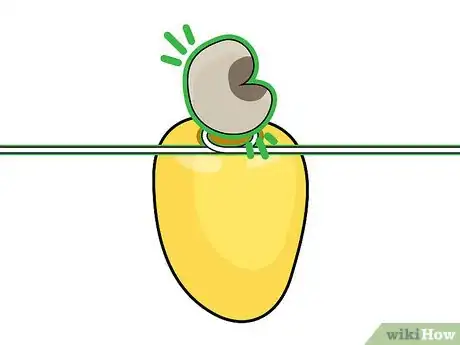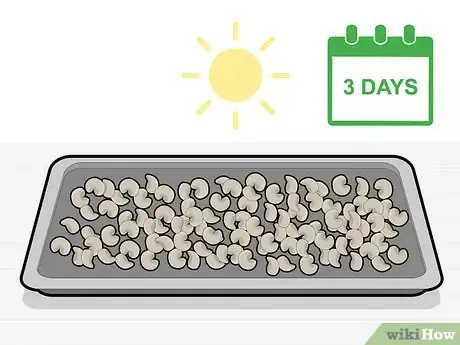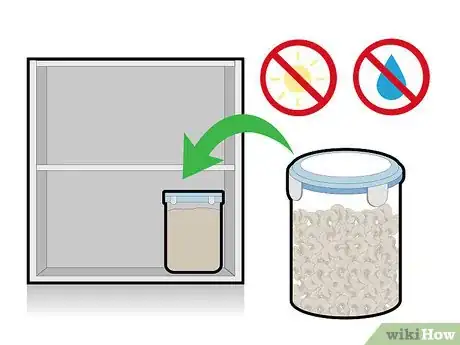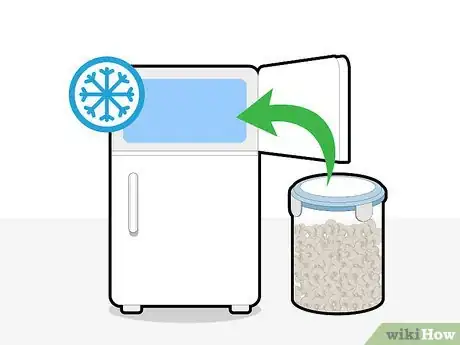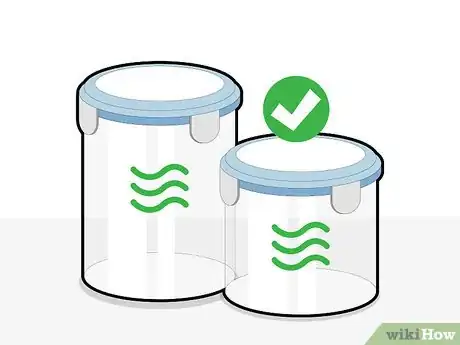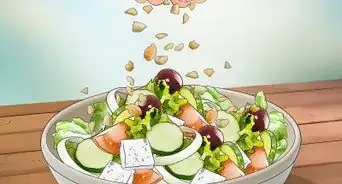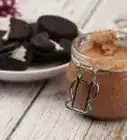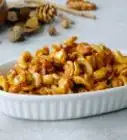This article was co-authored by wikiHow Staff. Our trained team of editors and researchers validate articles for accuracy and comprehensiveness. wikiHow's Content Management Team carefully monitors the work from our editorial staff to ensure that each article is backed by trusted research and meets our high quality standards.
There are 7 references cited in this article, which can be found at the bottom of the page.
This article has been viewed 25,489 times.
Learn more...
Cashews are a healthy and delicious snack which are enjoyed around the world. When your cashew tree begins producing cashew apples, this means that cashew nuts are well on their way! Learn how to pick the cashew apples, separate the nuts from the apples, and correctly store the nuts to enjoy a great harvest of your very own cashews.
Steps
Picking the Cashew Apples
-
1Keep the area below the cashew trees well raked and clear of weeds. This is so that you don't miss any of the cashew apples beginning to fall, which is when the nuts are ready for harvest. They will be less susceptible to rot or insects this way too.[1]
-
2Wait to harvest the cashews until the apples begin to fall off the tree. The cashew nut is attached to the end of a bell pepper shaped fruit called the cashew apple. The cashew apple will turn from green to yellow, pink, or red, and the nut will become a dull grey, when starting to reach maturity. When the cashew apples begin to drop from the tree onto the ground, this indicates that full maturity has been reached, and this is the perfect time to harvest them.[2]
- Cashew trees take three years from planting to begin producing fruit. They will start to flower in the dry season (winter), and the fruit will take around two months to ripen.[3]
Advertisement -
3Collect the cashew apples and nuts. Once the cashew apples have started falling, scour the ground below the trees, and collect the cashew apples and nuts. A basket or a sack is ideal to hold the cashew apples and nuts while harvesting.[4]
- The cashew apples are edible and juicy, and can be eaten in a variety of ways. However once they have fallen off the tree, they only keep for 24 hours and are highly perishable. If you are planning to eat these too, it's important to check the trees daily, and refrigerate or consume the cashew apples as soon as possible.[5]
Separating the Cashew Nuts from the Cashew Apples
-
1Separate the cashew nuts from the apples by hand for efficiency. Simply twist the cashew nut firmly, and it will detach from the cashew apple into your hand. Sort the cashew nuts from the apples into two separate piles.[6]
-
2Use string to separate the nuts from the apples for a clean break. Tie a piece of string tight around where the cashew apple and nut meet, which will cleanly split them in two. Using string for separating the nut from the apple is especially important if you are wanting to use the cashew apple too.[7]
- Less juice from the cashew apple is lost with a clean break, which means that the apple will keep longer.
-
3Leave the detached cashews in sun to dry. Spread the cashews out and place them on trays in direct sunlight. Leave them drying for three days, and cover them during the night with a tarpaulin.[8]
- You will know that the nuts are ready when they make a rattling noise if you drop them.
Storing the Cashews
-
1Store the cashews somewhere cool and dry. The cashew nuts in their shells will keep for up to two years, provided that they are stored away from sunlight and moisture. Since processing cashews is quite a big ordeal, waiting until you have a decent harvest to work with can be more efficient.[9]
-
2Keep the cashews in the freezer if you are worried about insect pests. Ants, grain weevils, and meal moths all enjoy cashews too. Storing the cashews in the freezer eliminates the chance of insects finding a way into your cashew stash.[10]
- Freezing the cashews is also one way to begin to process them too.
-
3Use an airtight container to store the cashews. Regardless of if you choose to store your harvested cashews in the pantry or freezer, a glass or plastic container with a lid is the best choice. The lid must always be tight and secure. [11]
- The space where the cashew container is kept should be dry, dark, and out of direct sunlight.
Warnings
- Never attempt to crack the shell of unprocessed cashews. The oil within the cashew shell is highly caustic, and if you come into contact with it, it will corrosively burn your skin, eyes, and mouth.[13]⧼thumbs_response⧽
References
- ↑ http://www.fao.org/3/a-ac306e.pdf
- ↑ https://www.tropicalpermaculture.com/growing-cashews.html
- ↑ http://www.nda.agric.za/docs/Infopaks/cashew.htm
- ↑ http://www.celkau.in/Crops/Plantation%20Crops/Cashew/hp.aspx
- ↑ http://www.fruit-crops.com/cashew-anacardium-occidentale/
- ↑ https://www.tropicalpermaculture.com/growing-cashews.html
- ↑ https://www.youtube.com/watch?v=o_Ymi-JSyU4
- ↑ http://www.fao.org/3/a-ac306e.pdf
- ↑ https://www.tropicalpermaculture.com/growing-cashews.html
